Universities have long been the backbone of higher education, with some institutions dating back nearly a thousand years. These ancient schools, still thriving today, have shaped the intellectual and cultural landscape of their respective regions. From centers of religious learning to pioneers of modern science and law, the oldest academic institutions in the world continue to be pillars of knowledge and research. In this article, we explore some of the oldest universities that have stood the test of time, maintaining their prestige and influence for centuries.
University of Siena
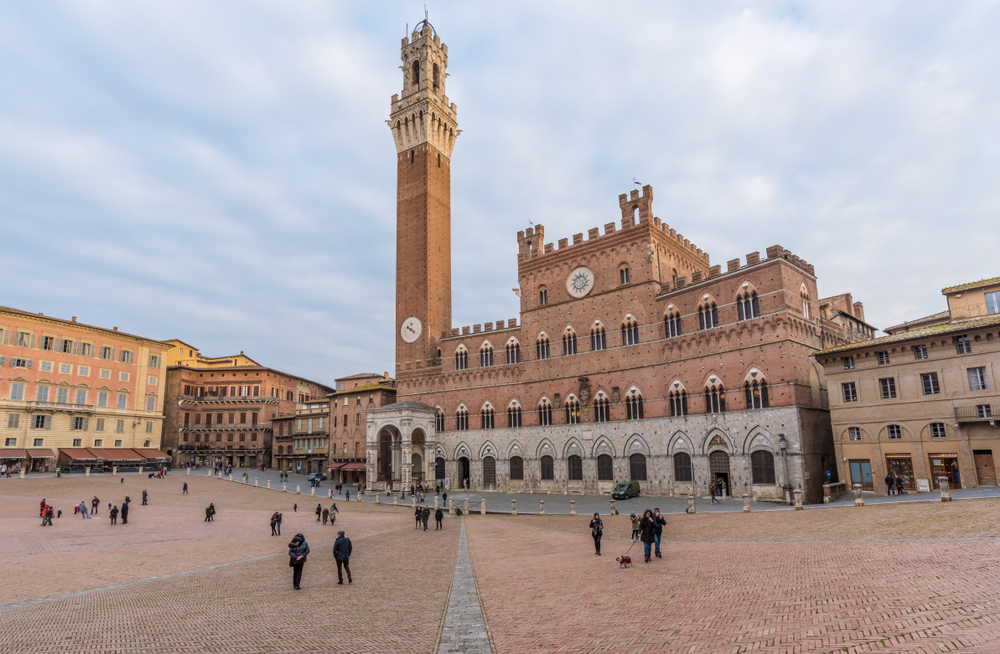
Founded in 1240, the University of Siena is one of the oldest public universities in Italy. Located in the Tuscan city of Siena, the institution has long been a center for legal and humanistic studies. Today, it enrolls around 20,000 students, who make up nearly one-third of the city’s population. It gained popularity in the 14th century when many students left the University of Bologna to join Siena’s growing academic community. Over the years, it has become known for its contributions to Italian culture and academia, particularly in the fields of humanities and law. Its medieval buildings, including the Palazzo San Galgano, house many of the university’s faculties, contributing to its reputation as a historical and academic landmark in Italy.
University of Naples Federico II
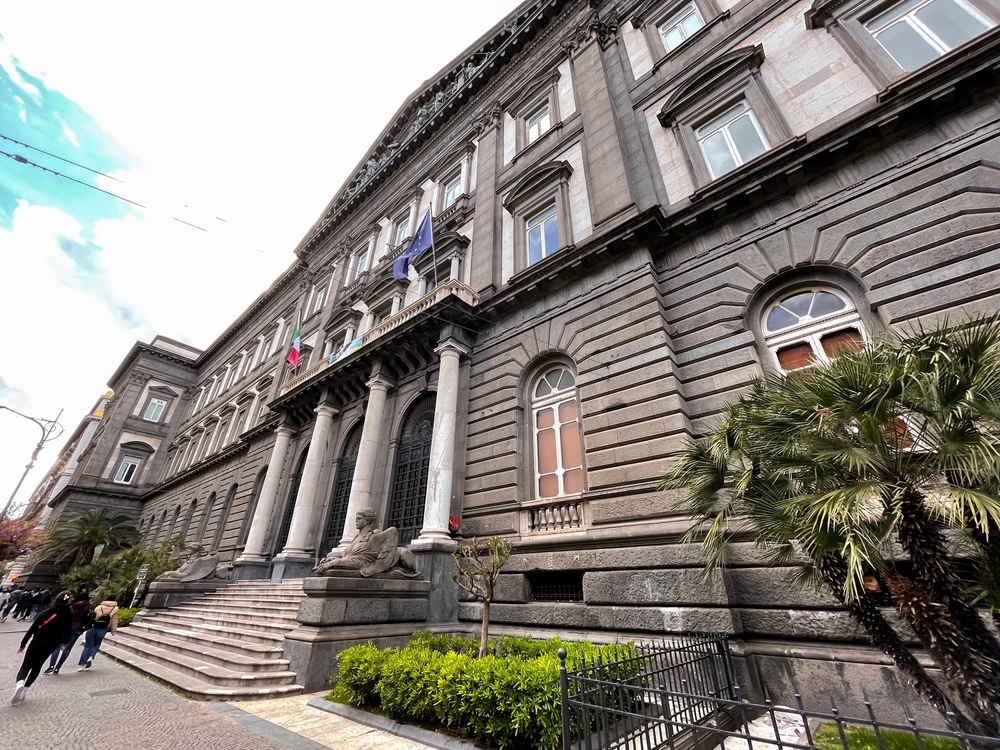
Founded in 1224 by Emperor Frederick II, the University of Naples Federico II is the oldest public university in the world to be established by a head of state. Located in Naples, Italy, the institution was created with the intent of offering education directly controlled by the state, rather than religious authorities. It remains public and has a current enrollment of around 80,000 students. Throughout its history, it has been a leader in the fields of law, medicine, and philosophy, and it continues to contribute to research in various disciplines. Naples Federico II is particularly notable for its close partnership with tech companies, such as its hosting of the first Apple iOS Developer Academy in 2016. It remains a major hub for innovation and academic inquiry in Southern Italy.
University of Padua
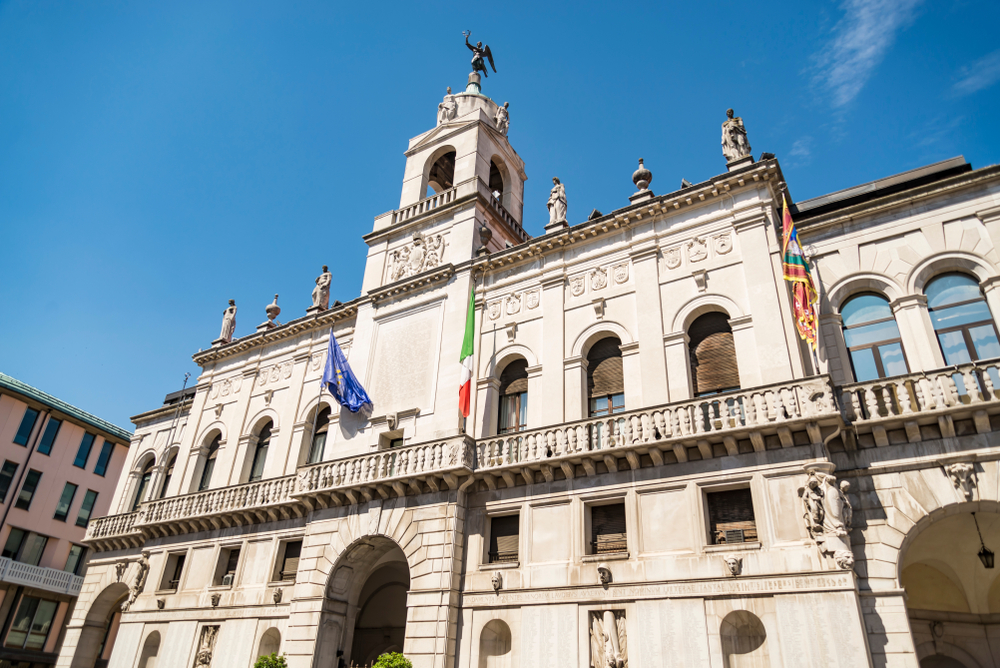
Founded in 1222, the University of Padua is located in northern Italy and remains a prestigious institution, particularly known for its contributions to the Renaissance and the scientific revolution. It was established by scholars and professors who left the University of Bologna seeking academic freedom, which became a defining characteristic of Padua’s academic mission. Today, it is a public university with approximately 60,000 students and is highly regarded for its medical and law programs. It played a key role in advancing medical knowledge, especially through its famous anatomical theater. It was also the first university to award a degree to a woman, Elena Cornaro Piscopia, in 1678. It remains committed to academic freedom and interdisciplinary research, maintaining its historical legacy as a leader in European education.
University of Salamanca
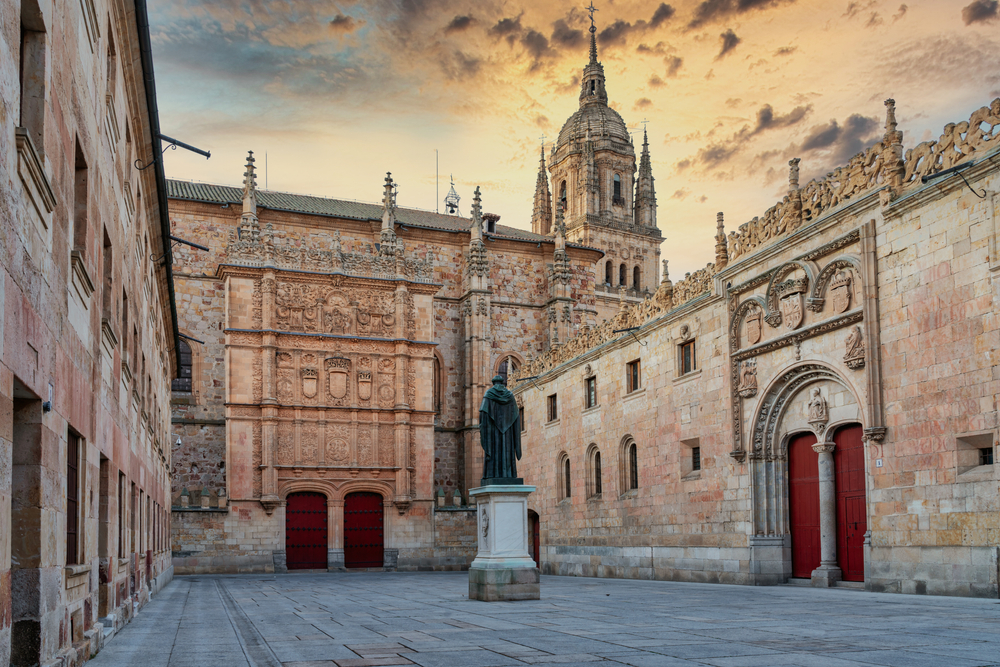
Founded in 1134 and officially recognized in 1218 by King Alfonso IX, the University of Salamanca is the oldest university in Spain and one of the most ancient in Europe. Located in the city of Salamanca, the institution became famous during the Spanish Golden Age, particularly for its contributions to law and the humanities. It was one of the first universities to admit female students, which was a remarkable achievement in the 16th century. Today, it is a public university with around 28,000 students and remains a prestigious center for academic excellence in Spain. Its architectural landmarks, including the historic Plaza Mayor and University Buildings, make it a UNESCO World Heritage site. It celebrated its 800th anniversary in 2018, highlighting its continued significance in the world of education.
University of Cambridge
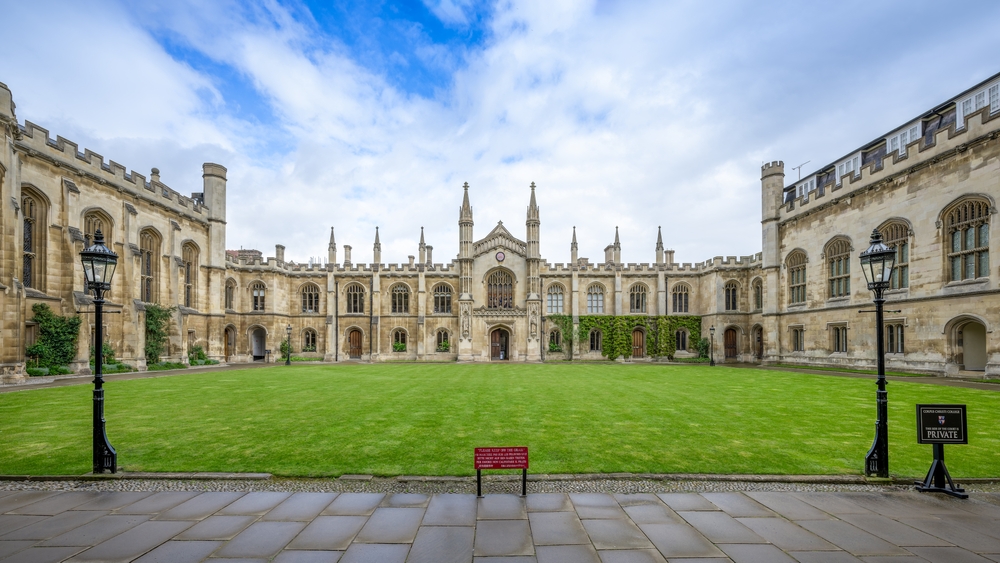
Founded in 1209, the University of Cambridge, located in England, is one of the oldest and most prestigious institutions in the world. It was established by scholars who fled Oxford after a dispute with townspeople, giving rise to its legendary rivalry with the University of Oxford. Today, it has a student population of about 24,500, divided among 31 autonomous colleges. It has a strong reputation in many fields, particularly in the sciences, having produced notable figures such as Isaac Newton and Charles Darwin. Its contributions to modern scientific research, including groundbreaking work on the structure of DNA by Francis Crick, solidify its role as a global leader in education. Its endowment is one of the largest in Europe, reflecting its status as an academic powerhouse. The university continues to attract a diverse range of students and scholars from around the world, maintaining its role as a center of intellectual excellence.
University of Paris

The University of Paris, commonly known as the Sorbonne, was founded in 1150 in France’s capital. It rose to prominence as a medieval center of learning, particularly in theology and philosophy. The institution contributed significantly to the development of modern educational systems, being one of the first to introduce the doctoral degree. Despite its dissolution in 1970, its legacy continues through 13 autonomous institutions that bear its name. Many notable figures, including several French presidents and popes, have passed through its halls. Known for its influence in shaping European thought, the university remains an iconic institution in the history of education. The Sorbonne’s campus, located in the Latin Quarter, remains a significant cultural site in Paris.
University of Oxford

Dating back to 1096, the University of Oxford is the oldest university in the English-speaking world. Located in Oxford, England, it has no official founding date, but historical records indicate that teaching was already taking place by the late 11th century. Its collegiate system, with 44 colleges, offers a unique structure that continues to influence higher education around the globe. Today, it enrolls around 24,500 students and remains at the forefront of academic research, with a strong reputation in fields such as politics, science, and the humanities. It has produced 28 British prime ministers and numerous world leaders, adding to its global influence. It also boasts the oldest university museum and the Bodleian Library, one of the oldest libraries in Europe.
University of Bologna
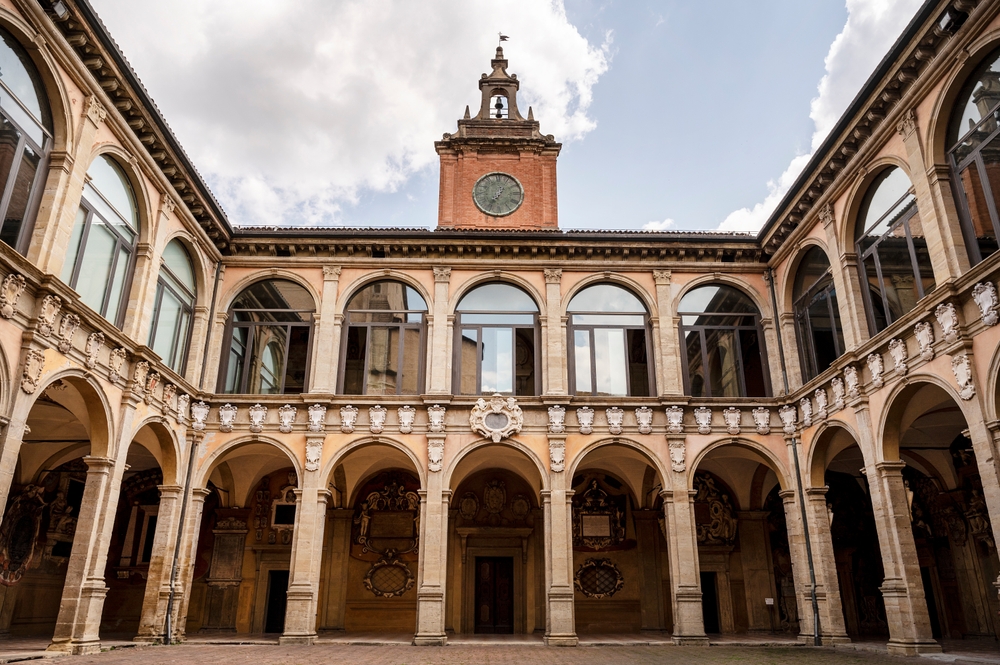
Established in 1088 in Bologna, Italy, the University of Bologna is widely recognized as the oldest university in continuous operation. Unlike other ancient institutions, it established itself as a university from its inception, with a primary focus on law. It remains public and serves a student body of approximately 87,000. Bologna is renowned for its contributions to European law and legal scholarship, which shaped the curriculum of many other universities across Europe. During the Renaissance, it became a center for anatomical studies and advancements in the sciences. It maintains its reputation for research and academic excellence, contributing to the development of the European university system. Its historic role in shaping European higher education is further highlighted by the Bologna Process, which standardized degree systems across Europe.
University of Cairo (Al-Azhar University)
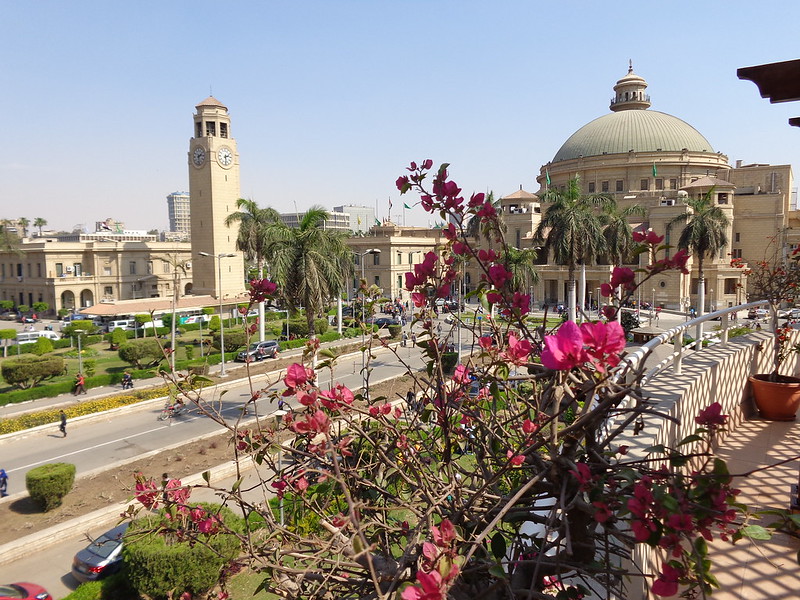
Founded in 970 CE in Cairo, Egypt, Al-Azhar University is one of the oldest universities in the Islamic world and a prominent center for Sunni Islamic learning. It began as a madrasa but was later elevated to university status in 1961. Historically focused on religious studies, the university expanded to include secular fields such as engineering, medicine, and economics in the modern era. It is still recognized as a public university, serving over 300,000 students today. The institution is integral to Egypt’s education system and remains influential across the Muslim world, particularly for its role in shaping religious discourse and education. Its contributions to both Islamic and secular education continue to make it a vital institution in the academic landscape of the Middle East.
University of Al Quaraouiyine
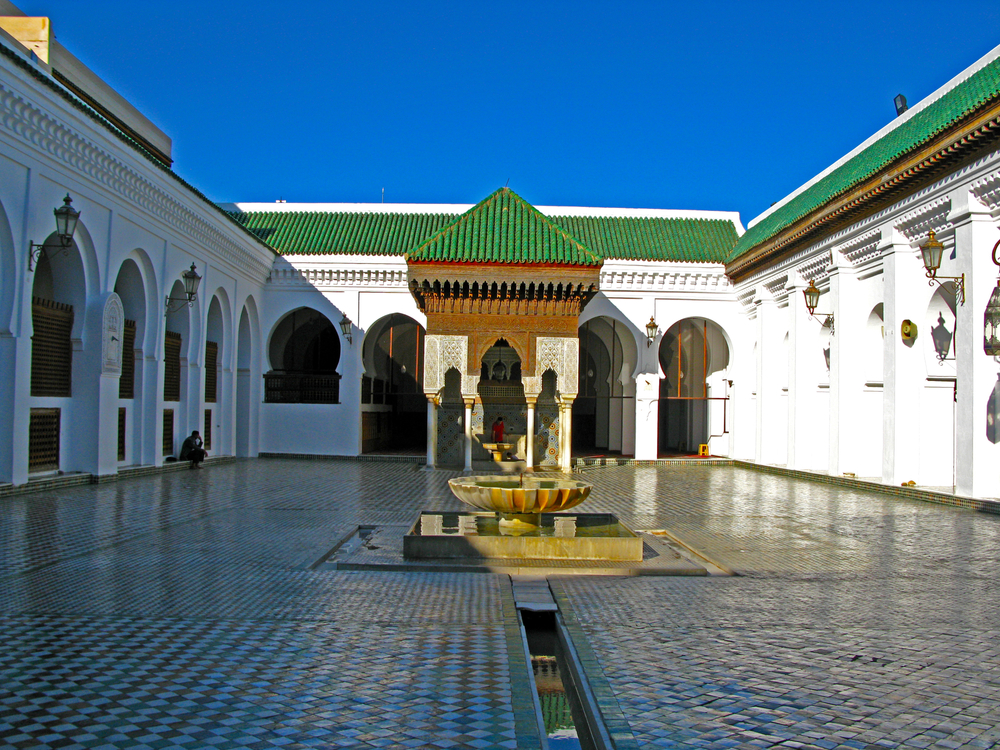
Founded in 859 CE, the University of Al Quaraouiyine in Fez, Morocco, is recognized as the oldest continuously operating degree-granting university in the world. Originally established as a madrasa by Fatima al-Fihri, it began as a religious and educational center focused on Islamic studies. Over the centuries, it evolved into a university that also offers secular subjects such as mathematics and natural sciences. Today, it remains a public institution and continues to play a significant role in Islamic scholarship. The university has an enrollment of around 8,000 students and is part of Morocco’s modern education system. One of its most iconic features is its ancient library, which houses manuscripts that are over a thousand years old. Its longevity and enduring influence make it a key institution in both religious and academic history.
This article originally appeared on Rarest.org.
More from Rarest.org
13 Unusual Architectural Wonders Hidden Around the World

All around the world, hidden architectural wonders blend creativity, history, and ingenuity in ways that often go unnoticed by most travelers. These unusual structures can be found in remote locations, unexpected cities, or tucked away in natural landscapes Read More.
15 Lesser-Known Species on the Brink of Extinction

Many species around the world are facing the threat of extinction, but not all of them are well-known. While efforts to save popular animals like pandas and tigers often make headlines, lesser-known species are quietly disappearing at an alarming rate. Read More.
11 Mysterious Cave-Dwelling Creatures You Never Knew Existed

Beneath the earth’s surface lies a hidden world of caves, home to creatures that have evolved in complete darkness. These mysterious animals have adapted in remarkable ways, losing their vision, developing heightened senses, and finding ingenious methods to survive in harsh, nutrient-poor environments. Read More.
